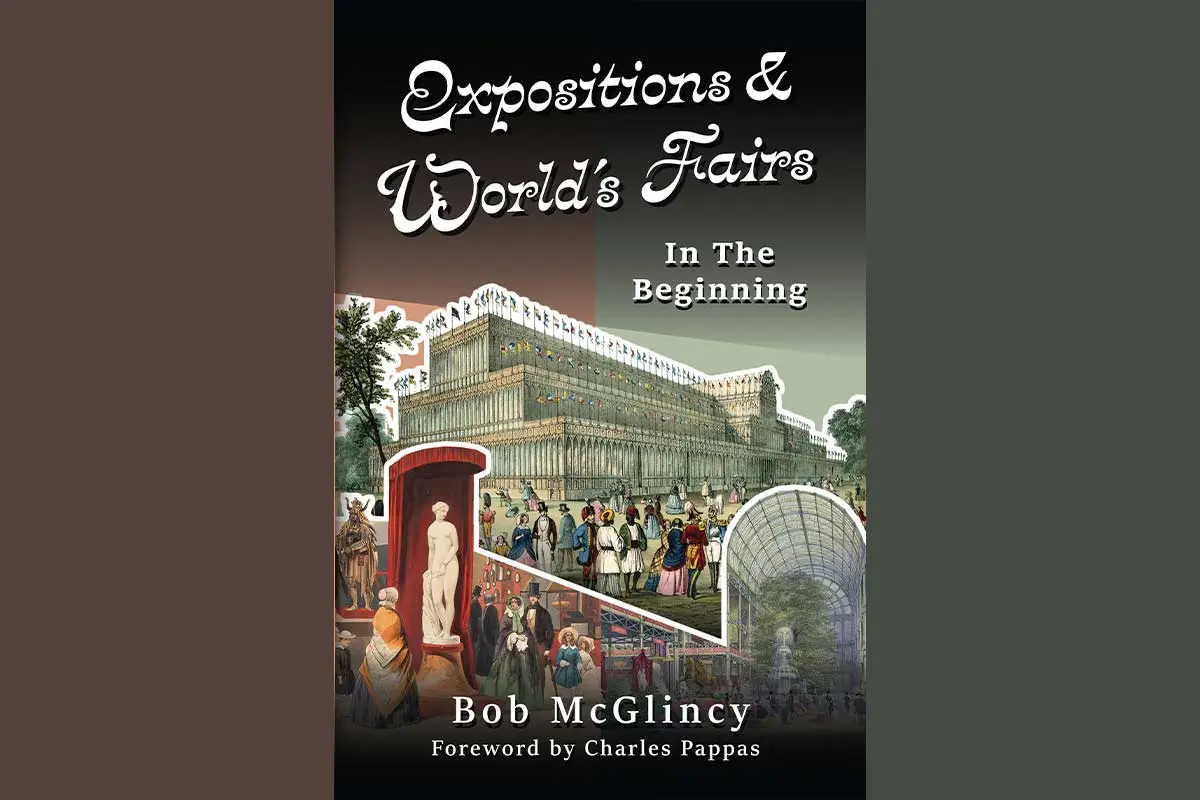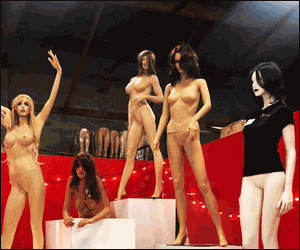While today’s tradeshows are powered by LED walls and mobile apps, their foundation was laid more than 170 years ago. In Expositions & World’s Fairs: In the Beginning, Bob McGlincy takes readers through the early history of exhibitions, tracing how they grew from public spectacles into structured, international events that helped shape the modern tradeshow industry.
After spotlighting the modern industry in The Invisible Industry, McGlincy turns his focus to the past. This new book dives into how exhibitions first took shape and why they remain a powerful business format today.
From Crystal Palace to Show Floor
The book opens with the 1851 Great Exhibition in London. Prince Albert led the effort, with strong support from Queen Victoria, and together they brought the Crystal Palace to life. With 14,000 exhibitors and more than six million visitors, the event introduced a number of firsts: paid admission, season passes, corporate sponsors, and international exhibitor participation.
McGlincy is careful not to treat this moment as inevitable. The book outlines the public resistance, political friction, and logistical unknowns that made its success far from guaranteed. Yet by the time the doors closed, the show had turned a profit and set the blueprint for what would become the global exposition model.
A Format That Spread Fast
From there, the book follows how cities like Paris, Vienna, and Philadelphia adopted and expanded the format. These events were more than commercial fairs. They reflected national identity, industrial strength, and, over time, a form of public diplomacy.
In 1876, the Centennial Exposition in Philadelphia became a defining moment for the United States. McGlincy walks readers through the significance of that event, which introduced the telephone, the typewriter, Heinz ketchup, and a young industrial nation eager to show off on the world stage.
The throughline is clear. These events influenced more than just technology; they shaped how countries, companies, and consumers connected, long before air travel or global supply chains made it easy.
When Lights Changed Everything
The late chapters show how electricity turned expos into full-blown experiences. Visitors saw glowing buildings, illuminated fountains, and inventions from Edison and Tesla in action. In many cases, these fairs were the public’s first encounter with electric light.
The expos became more than industry showcases. They became destinations. That shift from infrastructure to experience will feel familiar to anyone working in events today.
Written by a Tradeshow Insider
McGlincy doesn’t write like an academic. He writes like someone who has worked the floor, built the booths, and followed the freight. His industry background gives the book credibility, and his pacing keeps it accessible. There’s just enough historical detail to give context, but not so much that it gets bogged down.
For example, when describing the layout of the Crystal Palace, McGlincy breaks it down like a show floor map. It’s instantly relatable to anyone who has ever walked an expo hall with a clipboard.
Final Verdict: A Foundation Worth Knowing
Expositions & World’s Fairs is part history book, part industry manual. It serves as a reference for anyone who wants to understand how the exhibition business began and why it still matters. McGlincy draws a clear line from past to present, offering perspective without turning it into a lecture.
This is required reading for exhibit managers, designers, operations teams, and anyone working in face-to-face marketing. Knowing where the industry started helps us see where it can go next.
And the story continues. The next volume, Expositions & World’s Fairs: In America, is set for release later in 2026.
























